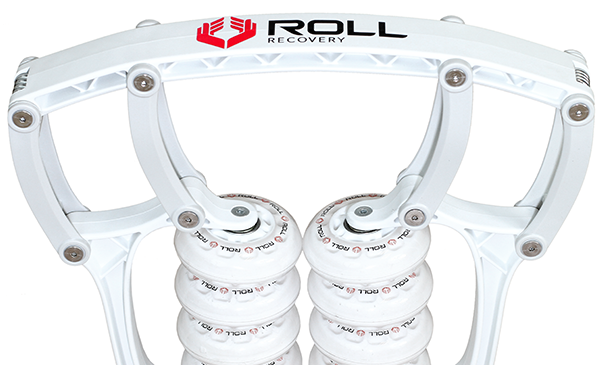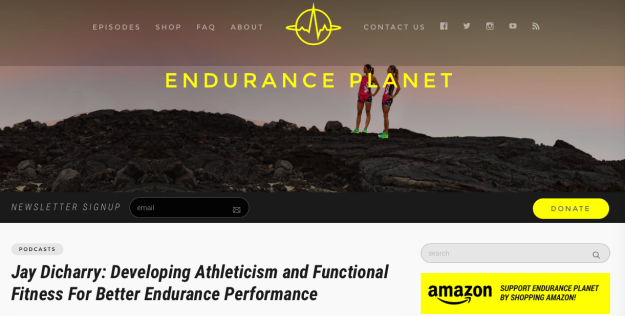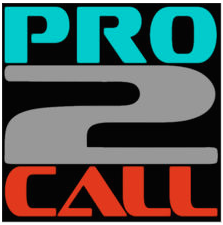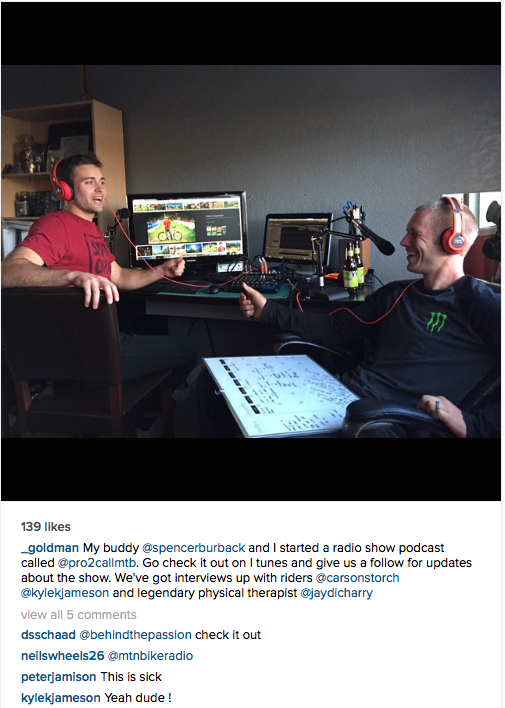 My kids are the best. They are awesome. They are perfect! Let me tell them how wonderful they are 24/7!
My kids are the best. They are awesome. They are perfect! Let me tell them how wonderful they are 24/7!
If you are a parent, there is no doubt how you FEEL.
But, now we are hearing different messages from psychologists that all this praise isn’t really best for our kids. We are hearing a new message: praise the work, not the kid.
Experts tell how this plays out. When you tell your kid “you are an awesome bagpipe player!” twenty times a day, your child begins to believe it. They begin to link “awesome” with themselves. But they don’t build a framework of why they are awesome, or what it takes to achieve awesome. Anyone ever heard of Justin Bieber? My 2-yr old makes better life decisions than this guy. While he’s been swooned by millions of adolescent girls, he’s completely lost the ability to discriminate feedback between from fans, and who he really is. Perhaps this is an extreme example, or maybe its not. Experts tell us too much praise breeds a sense of false sense of security. Kids begin to believe what they are told, but they don’t associate the praise with the action required to achieve this praise.
Apparently, what we should be saying is “I’m so proud of all the hard work you put into playing bagpipes.” While some people may view this as trivial, kids appear to get a different message. They hear that you are proud of the WORK they put each day. They associate hard work with success. And since everyone likes praise, they focus their efforts on the work to earn more praise.
The world of sport is pretty cool: we can learn complex life lessons while doing fun things that we actually enjoy. But team sports and individual sports give us uniquely different experiences.
Think about it. Its the finals. Your team scores the winning touchdown, 3-pointer, or homerun. The crowd rallies. Fans on on their feet. Cheers. Coach gets doused with the water cooler. In fact a lot of people confuse the vibe that these Norman Rockwell images convey with the actual achievement of winning.
I love team sports (if you are an LSU fan and have seen a home game at Tiger Stadium, its a whole different state of mind) but they can be confusing for young minds. If you win, great. Why did your team win? Did every player on the team carry out each play perfectly? Did you win because 3 starting players are so incredible they made up for deficiencies on the rest of the team? Or did you win because the other team made error after error, or had 2 of their best players hurt?
Because each of the three scenarios would convey a completely different sense of accomplishment. If YOU or your kid nailed the game – awesome! “I’m so proud of that key penalty kick you blocked” you may say. But maybe your kid didn’t play their best. In fact, maybe they screwed up big time, but the team still won. What kind of lesson does that convey to an 8 yr old? Is everyone on the team still a winner even if some of the kids blew their position that day? Or maybe the opposing team just couldn’t get their act together. does that make your kid a winner? Does being a “winner” really breed positive feedback for individual skill and inner drive?
I’m a firm believer that team sports can teach you a major lesson: sometimes things happen that are beyond your control (other players, other teams, bad calls from the ref). Team sports offer an immersive environment to build relationships and develop trust with others to help work around unique problems you encounter.
But kids can be overwhelmed with the desire to WIN, and lose focus of the process it takes to have a great performance. Individual sports offer the ability to look uniquely at yourself. And from a developmental standpoint, this is big. The legendary coach Joe Vigil often says “there are few sports more nobel than track and field. Its you a fixed course and a watch. And there is no hiding.”
Let’s think about this. I’m twelve, swimming the 100 meter butterfly at the state meet. I’ve put in tons of work, and show up prepared. The gun fires, and I’m soaring off the block, stroking as hard as I can, only to show up at the finish one tenth of a second out of first. Next up is the 200 fly. Again, I showed up a few hundredths, or maybe a few tenths of a second off the big win. I have no idea how many times I didn’t win, but it was a LOT!
And in these individual events, the hard truth was obvious. The only reason I didn’t win was because I didn’t perform. Maybe I blew my start. Maybe I blew my race strategy. Maybe I showed up less fit than I needed to be. I was 12, and certainly didn’t have a lot of life experience to make sense of all this. But my coaches over the years were beyond incredible. Each and everytime I didn’t win, they helped me reflect on my limits, which motivated me to overcome these limits, and praised me for what I had done to perform. I learned specific lessons – and won – through losing. But each time, they were things I had control over. And when you have control over the situation, you can improve.
The take home from all this? All these “life lessons” obviously didn’t turn me into Michael Phelps. But they helped me grow as a person. I begin to understand what I was good at, and what areas of my training / life I need to work on. As a 12-yr old, I needed direction, and individual sports gave this to me. I learned to look at myself objectively. Oddly, things still happen to me now, that I can compare to experiences and challenges I learned from competing as a young athlete. And guess what? I still screw up in life, and I’m still trying to be a better person.
We all love our kids unconditionally, and win, lose, or tie, they need to know that. But as for lessons learned from the world of sport, Its up to us to help channel these wins and losses within our kids to help them grow.
Because there was another time I dove into the pool. And that time, things clicked. And a state record fell. And so did a spot on the national rankings. And I understood all the work I put in to make that moment come true. I was pretty pumped. Not only did I win, I grew. And I want my kids to know this feeling too.
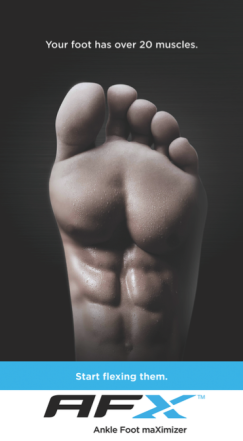

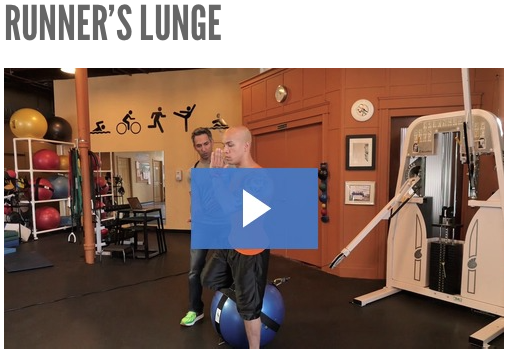
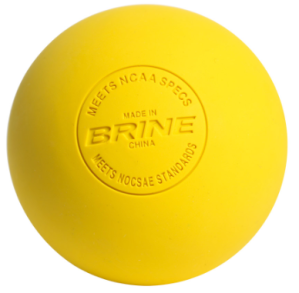 What is small, spherical, costs under 3 bucks, and may be the single biggest ally to have in your corner? The simple LAX ball. Yes, I know the foam roller is the self-proclaimed king of soft tissue recovery tools, but you likely already have one of those under your bed, and barely use it. Time for something else to mix it up.
What is small, spherical, costs under 3 bucks, and may be the single biggest ally to have in your corner? The simple LAX ball. Yes, I know the foam roller is the self-proclaimed king of soft tissue recovery tools, but you likely already have one of those under your bed, and barely use it. Time for something else to mix it up.